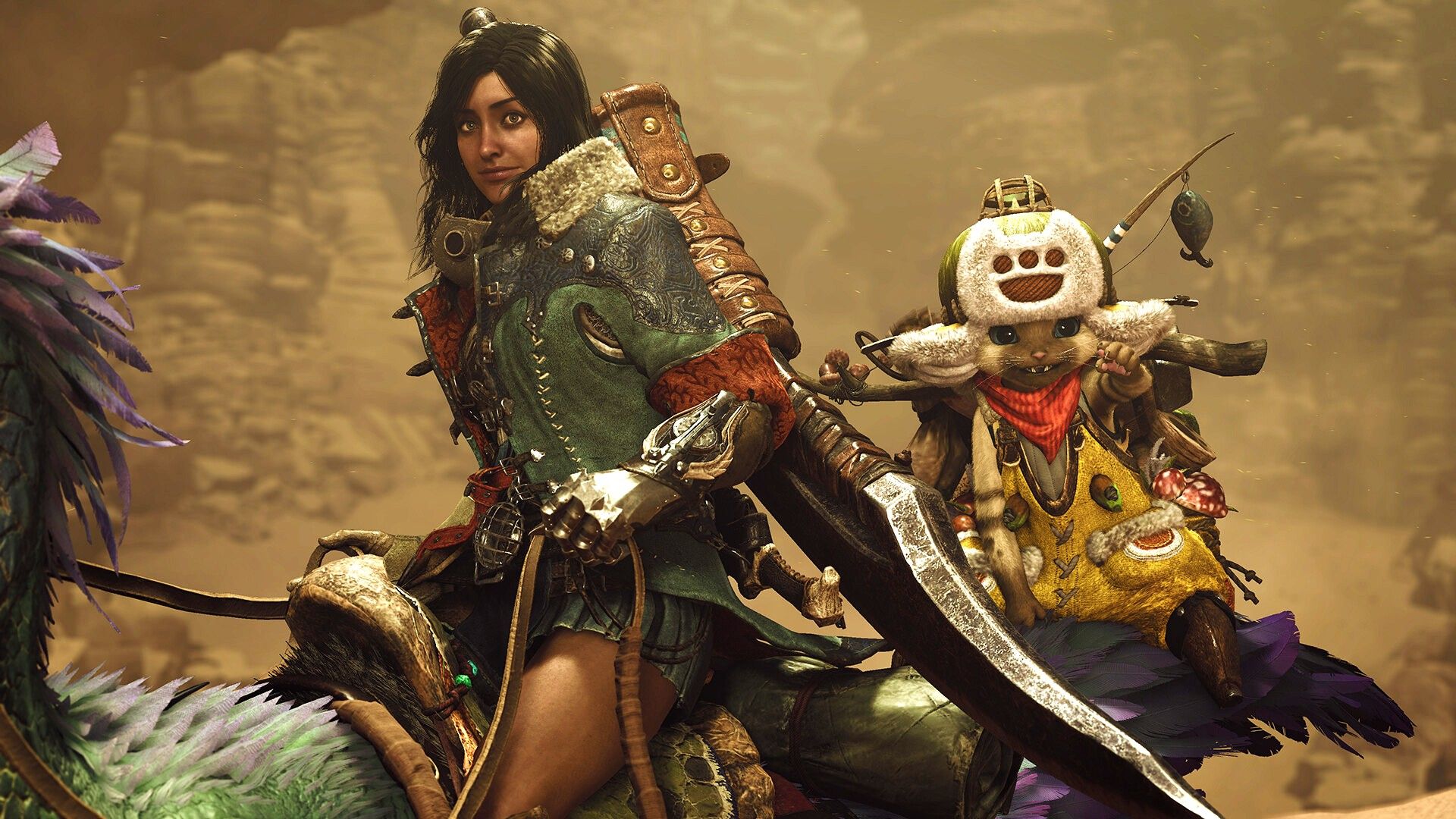Capcom is responding to worries about the performance of the PC version of Monster Hunter Wilds. Capcom is looking into ways to lower the recommended GPU requirements, in what hopefully is a sign of game development trends.
Capcom listed some high recommended system requirements for Monster Hunter Wilds, mentioning that players will need an Nvidia GTX 1660 Super or an AMD Radeon RX 5600 XT to run the game smoothly at 1080p with the lowest settings and upscaling. Higher frame rates at 1080p require more powerful graphics cards, like the RTX 2070 Super, RTX 4060, or AMD RX 6700 XT, along with upscaling technologies such as DLSS or FSR. While Frame Generation technology is suggested, it might cause delays if the game’s frame rate drops below 60 FPS.
The open beta test showed some performance issues, even on mid-range computers like the RTX 3060. There was a problem with low detail in graphics, especially with how textures were loaded. This is worrying because the game is built on the RE Engine, which has usually performed well in previous Capcom games like Resident Evil 7, Devil May Cry 5, Monster Hunter Rise, and Street Fighter 6.
However, past open-world games using this engine have had performance problems, which raises concerns about Monster Hunter Wilds. The company is also considering creating a separate benchmarking tool for PC that would help players check if their systems can run the game, but it hasn’t confirmed when this tool will be available.
What may be contributing to this is the average specs of PC users. Steam’s December 2024 hardware survey shows many users have older or mid-range graphics cards. The most popular card is the NVIDIA GeForce RTX 3060, which reflects this trend. While this card is widely used, it isn’t considered high-end by today’s standards. Many people don’t have access to the latest and most powerful graphics cards.
The gap between what most users have and the requirements for modern AAA games, like Monster Hunter Wilds, creates challenges for developers who want to reach a wide audience and have good performance on different systems. Unlike the Monster Hunter Wilds situation, Capcom’s remake of Resident Evil 4 performed very well on various PC setups. Tests by ShackNews with an RTX 2070 Super and an RTX 2080 Ti showed that the game ran smoothly, even at high graphics settings.
The success of the RE Engine in the Resident Evil 4 Remake shows that the issues may be just with Monster Hunter Wilds can create detailed environments and characters in a mostly linear game. However, Monster Hunter Wilds introduces a very different challenge. Its open-world design requires it to handle much larger and more complex areas filled with many interactive elements, NPCs, and possibly numerous monsters at the same time.
This increased size and complexity put a greater strain on processing power, which may explain why the recommended system requirements are higher and why there were performance issues during the beta testing. While the RE Engine is quite adaptable, moving to an open-world format significantly increases the demands on hardware, making it necessary to have stronger equipment to keep everything running smoothly and looking good.
Hopefully, Capcom can improve things for those without high-end PCs, and other companies might consider doing the same where it’s technically possible. The company has until the February 28, 2025 release date, which isn’t much time.
Sources: Monster Hunter Wilds Website, Monster Hunter/X, Steam, ShackNews





